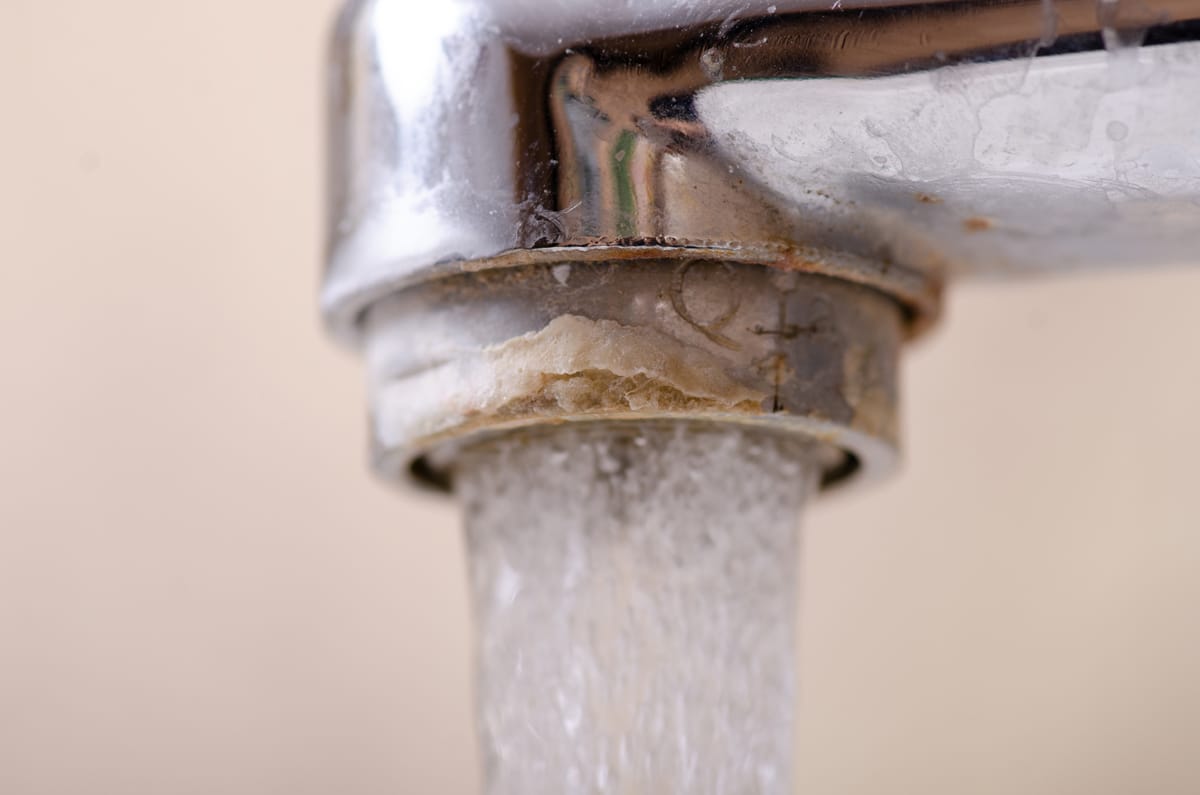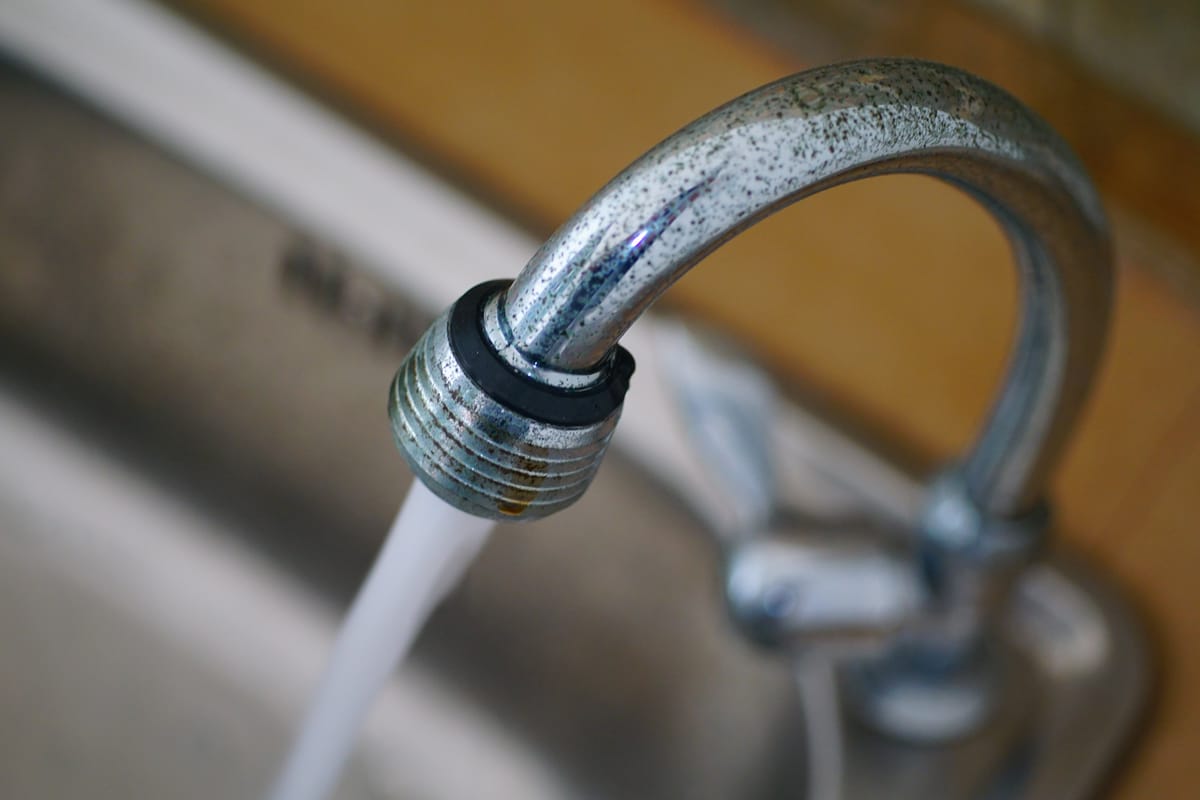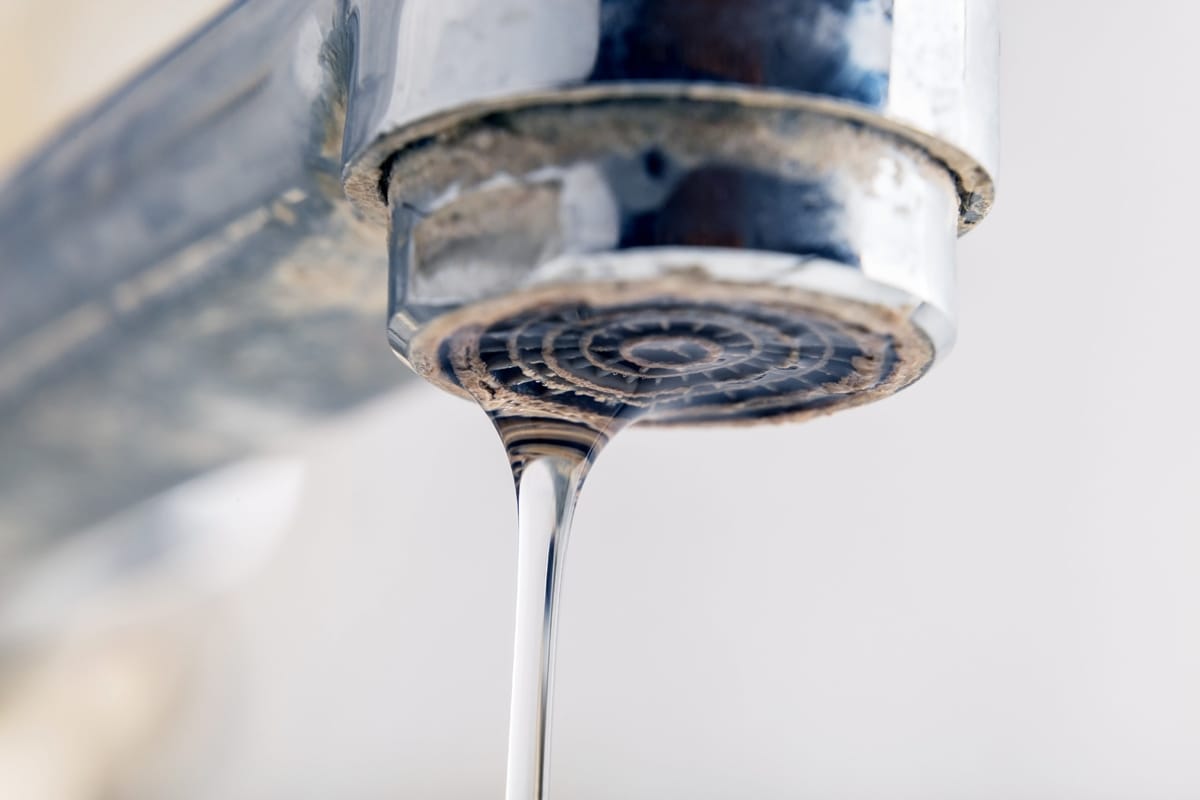Is Your Tap Water at Risk from these 5 Common Contaminants?

Have you ever considered what’s lurking in your tap? We can say for sure, there’s more than just water. And even though our country implements regulations for most hazardous contaminants, the consensus across environmental groups is that they’re not enough. Here are just five contaminants (the tip of the iceberg) of which you should be aware:
TTHMs (TOTAL TRIHALOMETHANES)
Yes, a chemical that’s just as scary as its acronym. TTHMs are carcinogenic contaminants that form during water treatment, specifically involving chlorine. This contaminant breaks down into four chemicals: chloroform, bromodichloromethane, dibromochloromethane and bromoform. But for now, TTHMs is (somehow) the most simplified way we can put it.
However, TTHMs are regulated by the EPA at 80 parts per billion (ppb). And the fact that there is any regulation at all acknowledges the danger of this contaminant. However, therein lies a problem: why is a dangerous carcinogen allowed in our public water supplies at all?
PERFLUOROOCTANE SULFONATE (PFOS)
You’ll already notice a trend here—any word longer than ten letters seems to bring with it a certain doom and gloom. PFOS is part of a larger group of perfluorinated chemicals used in common consumer products. This contaminant is linked to severe adverse effects in humans, such as liver damage, thyroid changes, cancer and more. Scarier is that they accumulate in the human body, and thus far, we’ve found no way to eliminate them from the environment AND people.
Unlike TTHMs, this contaminant has not yet been regulated by the EPA. Yikes.

DICHLOROACETIC ACID
A “star” in a group of five haloacetic acids, dichloroacetic acid is a byproduct of disinfecting water using chlorine or other chemicals. This contaminant, in particular, increases your risk of developing cancer and has been linked to pregnancy issues, too.
Though federal standards regulate dichloroacetic acid, there is no current legal limit put in place by the EPA.
CHROMIUM-6
Chromium-6 is another carcinogen that frequently occurs in our nation’s drinking water. It’s mostly a product of industrial pollution (as a coolant for electrical power stations) but can also naturally occur in mineral deposits that taint groundwater. Chromium-6 is also known as the “Erin Brockovich” chemical, named after the notorious film, and has been linked to countless health problems, such as stomach and intestinal tumors in rats and mice and stomach cancer in humans.
Though the California Office of Health Hazard Assessment set a public health goal for chromium-6 at 0.02 ppb, public health goals cannot be legally enforced. At this time, there is no legal limit set for chromium-6 nationwide.

NITRATE
This is a fertilizer chemical that contaminates public water supplies via agricultural and urban runoff. This runoff discharges from municipal wastewater treatment plants, as well as septic tanks. Nitrate is one of the most common contaminants in drinking water, and in excess, has substantial adverse effects on infants, including oxygen deprivation, as well as an increase in cancer in adults.
There is a legal limit set by the EPA at 10 ppm. However, that standard was enacted in 1962 and has not been updated since, even after discovering its harmful effects.
WHAT’S THERE TO DO?
Luckily, there are useful tools to help you learn and hopefully act. For example, the Environmental Working Group has an interactive Tap Water Database where you can easily search for information about your area’s tap water via zip code. At a glance, EWG will show how many total contaminants have been recently found in your public water supply, which exceed legal limits, which do not have set legal limits, which exceed EWG’s health guidelines, and more.
While this information is essential, there’s not much you can do about it in terms of widespread change. What you can do, however, is get your drinking water elsewhere. That’s where Primo® Water comes in.
Primo® Water offers better, safer water with every drop. It undergoes a 5-step Reverse Osmosis (RO) purification process that rids the water of all harmful microorganisms, heavy metals, trace pharmaceuticals and more. That covers all five contaminants listed above, too. EWG’s Tap Water Database will tell you: Reverse Osmosis is the way to go.
In times of a public water infrastructure crisis, Primo® Water wants to help pick up the pieces in communities all across America. Find Primo near you.
